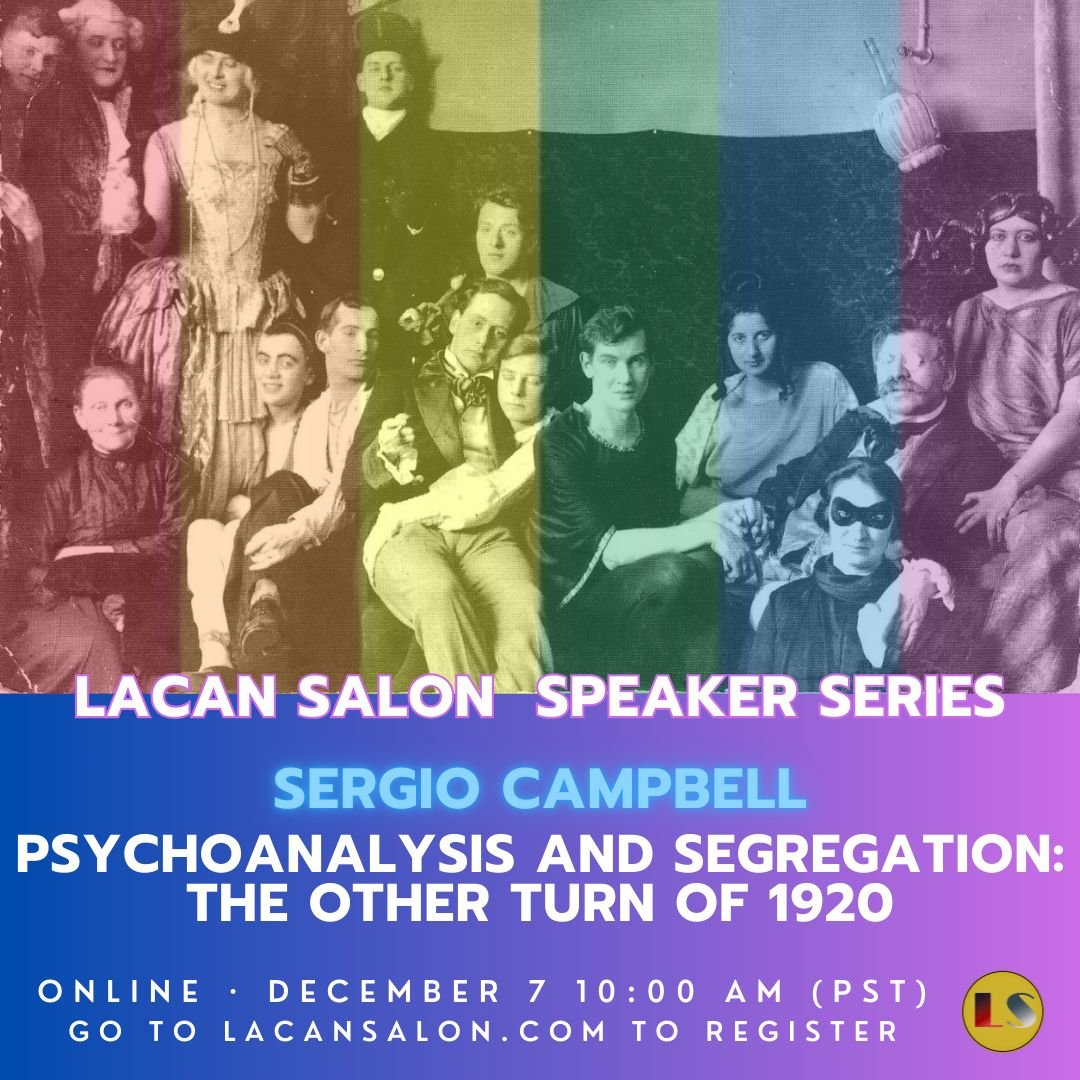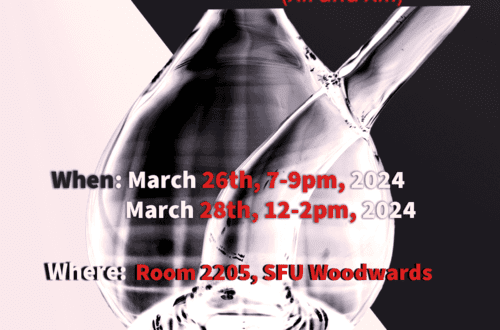
Psychoanalysis and Segregation: the other turn of 1920, by Sergio Campbell
When: December 07th, 2024
Where: Online, @ 10 AM (PST). Register for the event on Zoom here.
The twenties brought several changes in the history of psychoanalysis. To the perhaps better
known ‘turn of 1920’— Freud’s introduction of the id, the ego, and the superego — we must
add other events to the history of psychoanalysis which, although less known, had far-reaching
effects, defining its practice and institutions for decades to come.
On September 20, 1920, Ferenczi sent the first of what would be known as the “Circulars of
The Secret Committee.” On the 1st, 11th and 21st of each month, the members of the Secret
Committee —Freud and Rank, in Vienna; Ferenczi, in Budapest; Abraham, Eitingon and Sachs
in Berlin; and Jones in London— would all write and send letters. This meant that, for example,
on the 11th, they would have answers to what they had written on the 1st, and so on. On
December 1st, 1921, almost as if in passing, Ernest Jones writes:
“The Dutch asked me some time ago about the advisability of admitting as a member a doctor
manifestly known to be a homosexual. I advised against it, and now I learn from Van Emdem
that the man has been discovered and imprisoned. Do you think this answer could serve as a
general model for us?”
And so, with this casual response by Jones, answered by the others in a similar fashion, almost
without any discussion, between December 1921 and February 1922, it was decided that
homosexuals should not practice psychoanalysis. It was never explicitly written down as a rule,
which is why these letters are our only proof. But was there not already something in
psychoanalysis that made such a decision possible? We will speak at length about the effects
of this decision; however, it will be necessary to go back in time even further, to search in the
very roots of psychoanalysis, for the reasons of this segregation.
Biography: Sergio Campbell practices psychoanalysis in Córdoba, Argentina. He has been a member of École lacanienne de psychanalyse since 2008, and a professor at Universidad Nacional de Córdoba since 1996. He has imparted seminars in Argentina and other countries, and has published texts in psychoanalytical journals such as litoral, Ñácate, Me calló el veinte, among others. He is the author of Sacher Masoch, Análisis de un amor impuro, El psicoanálisis y sus diagnósticos, and Viajar con Freud. Orvieto y la invención del psicoanálisis. He is currently working on two new books, one about the genealogy of the Borromean knot, tracing its history to medieval representations of the Christian Holy Trinity, and another about a history of segregation in psychoanalytic institutions.




